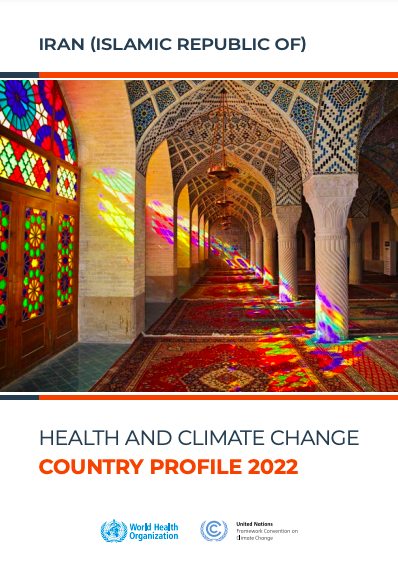Located in the southwest of Asia, Iran (Islamic Republic of) is the sixteenth largest country in the world with an area of over 1.6 million km2 (1). The economy of Iran (Islamic Republic of) predominantly depends on petroleum and natural gas exports and is amongst the 20 largest economies in the world (2). Iranians are mostly concentrated in urban areas, with an urban population of over 70% due to migration from rural areas to cities (1).
The climate is mainly arid and semi-arid; however, it varies throughout the national territory encompassing mountainous, dry, semi-dry and Caspian climates. Iran is amongst the most vulnerable countries to climate change due to its geographic, economic and climatic characteristics (3). For instance, a large area of the country is susceptible to floods, while changing trends in precipitation have also led to droughts and forest fires (1). Iran (Islamic Republic of) is also vulnerable to sand and dust storms, due to its arid and semi-arid climate, a phenomenon that causes adverse impacts on human health as a result of poor air quality (4).
The Nationally Determined Contribution (NDC) of Iran (Islamic Republic of) seeks to mitigate its greenhouse gas emissions by 4% in 2030 through increasing the share of renewable energies, including by participating in national and international market-based mechanisms, and employing low-carbon fuels. The adaptation actions of Iran (Islamic Republic of) are subjected to international funding and technology transfer (3). The government of Iran (Islamic Republic of) has also published its National Health and Climate Change Strategy, which aims to improve health system resilience to climate change. Specific targets in this strategy include: conducting a vulnerability assessment against climate change effects in the health sector; building capacity and planning adaptation development in the health sector; promoting knowledge and awareness of climate-related health issues; climate and health research and development; and maximizing the benefits from regional and international cooperation (5).








